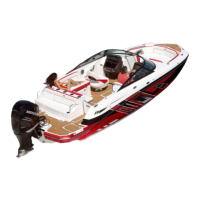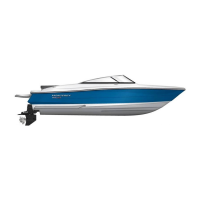What to do if my Monterey Boats fresh water pump runs but won't pump water?
- MMichael DavisSep 8, 2025
If the fresh water pump runs, but will not pump water, the water tank may be empty. Fill the tank. Alternatively, the in-line strainer for the pump may be clogged. Clean the strainer.


